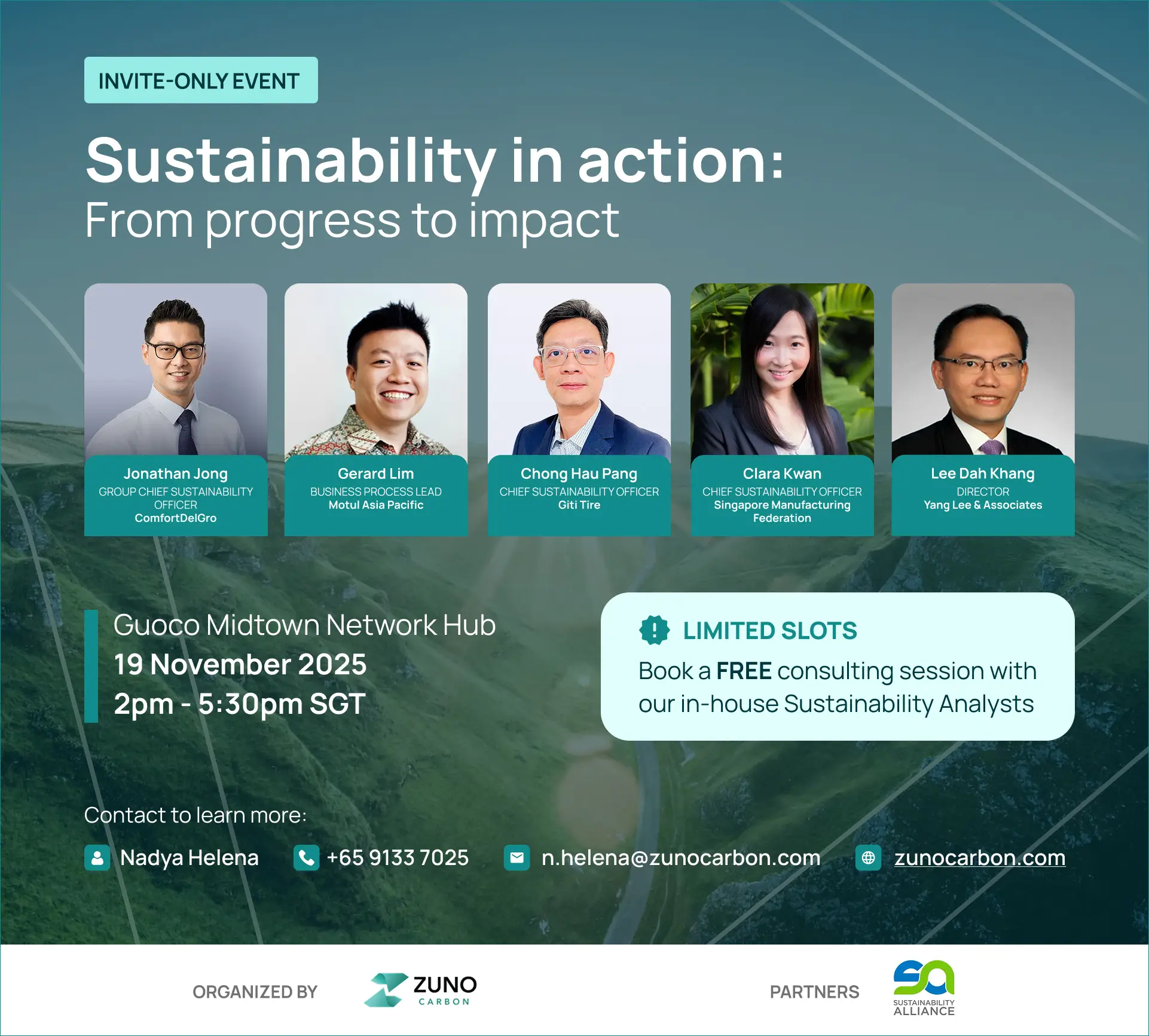“We are at a crossroads. The decisions we make now can secure a liveable future. We have the tools and know-how required to limit warming,” said IPCC Chair Hoesung Lee.
The Intergovernmental Panel on Climate Change or IPCC recently published the very anticipated third and final installment of their Sixth IPCC Assessment Report on the Mitigation of Climate Change. Established in 1988, the reports are released by the panel every six to seven years and provide detailed explanations on where we are headed in terms of Climate Change. This report is a handbook for policymakers to evaluate their progress and decide on what steps need to be taken moving forward.
The first and second installment dealt with the physical scientific basis, the impacts of the current emissions and its trends and the vulnerability associated with it. These two parts of the report say the same thing we have been hearing for a long time now, but with more urgency: cut your emissions drastically.
The final installment, being the most important one, lays out a roadmap as to how governments, companies and people can work towards mitigating the consequences of our own actions. The key takeaways from this report are highlighted below.
There has been progress, but not enough
GHG emissions have continued to rise in the past decade, but the rate of growth is lower than before. Which means, the worst case scenarios of 4oC or 5oC warming is no longer plausible. The acceleration in policies and regulations in the past decade along with increasing commitments from companies to sustainability goals have worked to an extent. But if we continue along this path, we would still not be able to limit the warming to 2oC, and we can forget about 1.5oC. So we must act now.

Source: Full Sixth Assessment Report
We need to phase out Fossil fuel usage ASAP
The Energy sector contributes a third of the emissions globally. According to the 1.5oC scenario there is an immediate and significant cut needed in emissions from all sectors, especially energy. This means a drastic shift from fossil fuels to renewable sources of fuels. The Energy sector has the potential to steer the direction of emissions towards reaching our goals by 2030, only if governments and the Energy sector commits to it.
Technology and tools are available, you just need to invest in the right ones
The costs of many of the technologies that were once thought of as expensive and risky, have seen a steep fall in price and increased usage. Wind energy and Solar power are among those that have great potential to replace fossil fuels in the coming years.

Source: Full Sixth Assessment Report
Carbon Dioxide Removal (CDR) is necessary to reach Net Zero
All of these mitigation strategies, policies, cutting emissions, definitely brings down the burden on the earth to a large extent, but it is still not enough to reach Net Zero. This is where Carbon Dioxide Removal (CDR) comes into play. Essentially CDR refers to the process of removing CO2 from the atmosphere. Since this is the opposite of emitting CO2, practices or technologies that remove CO2 are often described as achieving ‘negative emissions’. But the catch here is that these technologies are in different stages of research and development, and have not been tested at a larger scale. Investments in this are are of utmost importance, and the processes need to undergo radical and rapid improvements and testing.
The report also provides guidance to decide what technologies and tools to invest in for each sector. In conclusion, coordinated planning and action by governments and all relevant sectors can “avoid or reduce any trade-offs between mitigation and adaptation”. It is imperative that participation in decision making and action happens in all scales, all levels and in all relevant sectors to make the transformative changes that we need in order to curb warming to 1.5oC.
For a detailed explanation on all of these points, proceed to the Full IPCC Assessment Report. To find out how you can track your company's carbon footprint and kickstart your journey to net zero, check out our end-to-end carbon management platform: Veridis
Reference:
IPCC Assessment Report
Full Press Release





.webp)
.webp)




